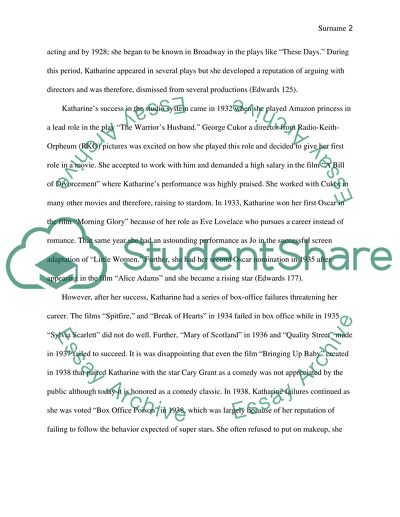Cite this document
(“Golden Age of Hollywood Essay Example | Topics and Well Written Essays - 1250 words”, n.d.)
Golden Age of Hollywood Essay Example | Topics and Well Written Essays - 1250 words. Retrieved from https://studentshare.org/visual-arts-film-studies/1485673-film-essay
Golden Age of Hollywood Essay Example | Topics and Well Written Essays - 1250 words. Retrieved from https://studentshare.org/visual-arts-film-studies/1485673-film-essay
(Golden Age of Hollywood Essay Example | Topics and Well Written Essays - 1250 Words)
Golden Age of Hollywood Essay Example | Topics and Well Written Essays - 1250 Words. https://studentshare.org/visual-arts-film-studies/1485673-film-essay.
Golden Age of Hollywood Essay Example | Topics and Well Written Essays - 1250 Words. https://studentshare.org/visual-arts-film-studies/1485673-film-essay.
“Golden Age of Hollywood Essay Example | Topics and Well Written Essays - 1250 Words”, n.d. https://studentshare.org/visual-arts-film-studies/1485673-film-essay.


